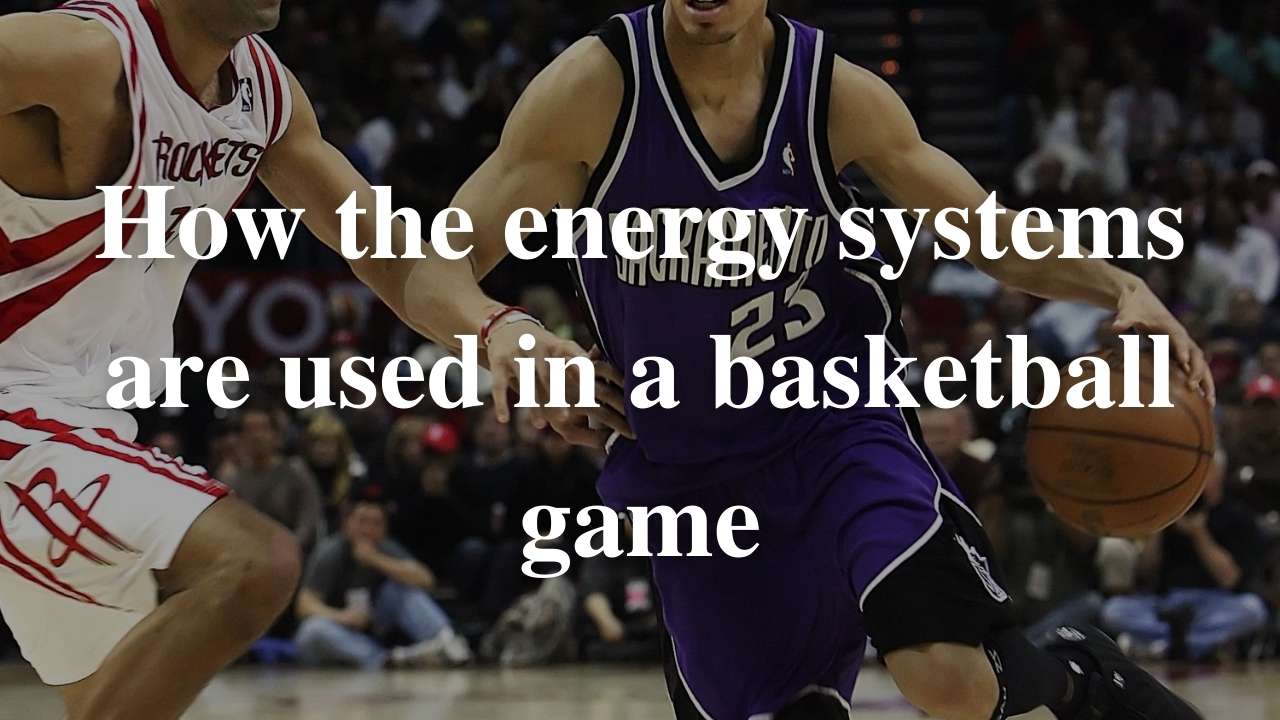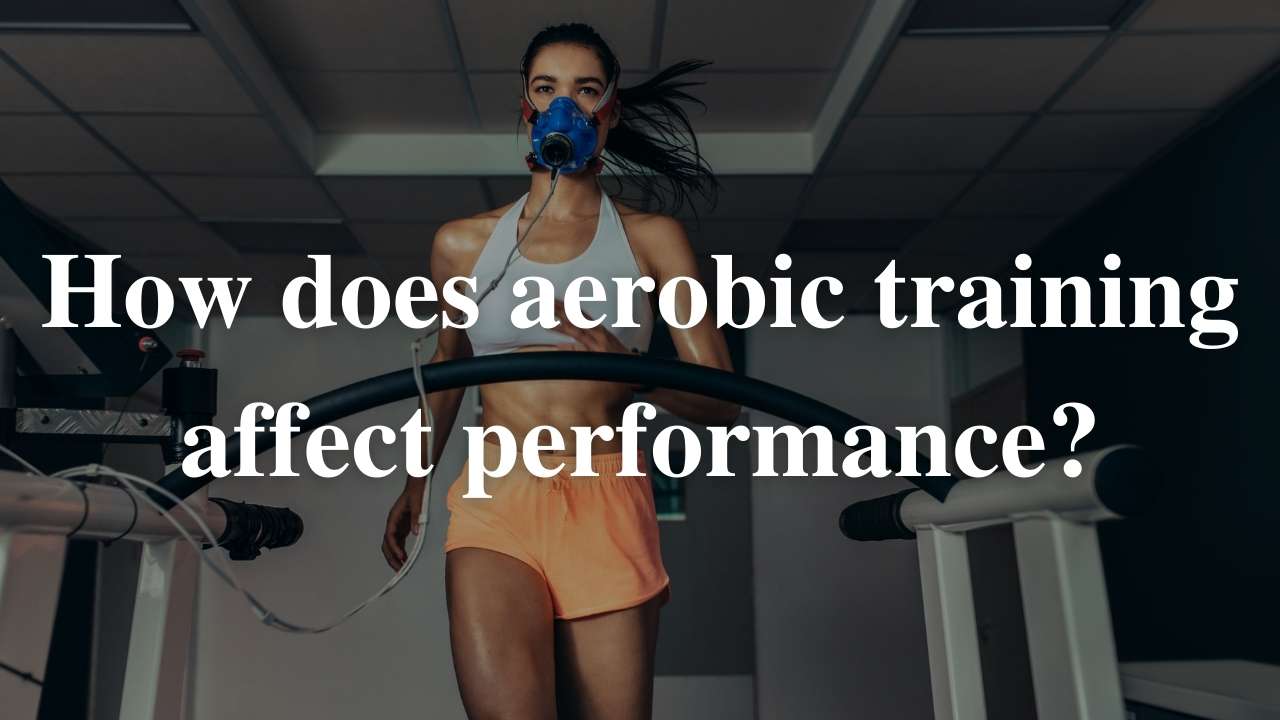In Sports Medicine it is vital that you have a deep knowledge of heat, humidity and hyperthermia. This topic comes up under the critical question: “What role do preventative actions play in enhancing the wellbeing of the athlete?“, dot point: environmental considerations.
The teacher note says:
Students should understand how the combination of heat and humidity or cold and wind increases the likelihood of hyperthermia and hypothermia respectively.
I intend on breaking this note into 2 sections: heat, humidity and hyperthermia, and cold, wind and hypothermia.
I am going to presume knowledge as we go, so if you have no idea about this content, please click the environmental considerations link, and read through the usual content.
A hot environment increases the likelihood of hyperthermia in a number of ways. First on hot days your body is likely to gain heat through radiation from the sun, and surrounding materials that release heat using this temperature regulation mechanism. This also means that your body will not be able to lose much heat through radiation, making hyperthermia more likely.
Secondly, a hot environment means other surfaces are going to be hot and touching them will transfer heat to your body. This heat can come from the road you run on, or the bike you sit on. Regardless, you are more likely to gain heat through conduction, than to lose heat (unless you purposefully find something cold, such as ice). This makes hyperthermia more likely.
Thirdly, convection is also more likely to increase heat in the body than decrease it. A warm wind will add heat to the body making hyperthermia more likely. A cool breeze would help to remove heat through convection, but they are less likely to occur on a hot day.
The addition of humidity to heat multiples the risk of hyperthermia greatly. Evaporation is by far our bodies main mechanism for heat loss and temperature regulation on a hot day. So, if heat is the only issue, the body should still cope with fairly high temperatures without suffering form hyperthermia. However, when humidity is added to a hot environment, the risk is great.
High humidity means the sweat on your skin evaporates at a much slower rate. This results in a lower rate of heat loss, and make hyperthermia more likely. Humidity on it’s own is not a problem if the temperature is not high, as our bodies will lose heat using other temperature regulation mechanisms. But heat and humidity increases the likelihood of hyperthermia.
In summary, heat, humidity and hyperthermia often go together in sports performance or training. If the climactic conditions are hot and humid, the body will gain heat through: energy production and radiation. The body is also more likely to gain heat (and definitely will lose less heat) through conduction and convection as well. To add to this ineffective heat loss through evaporation, our bodies main temperature regulation mechanism, increases the likelihood of hyperthermia making sports participation a risk to the athlete’s wellbeing.






